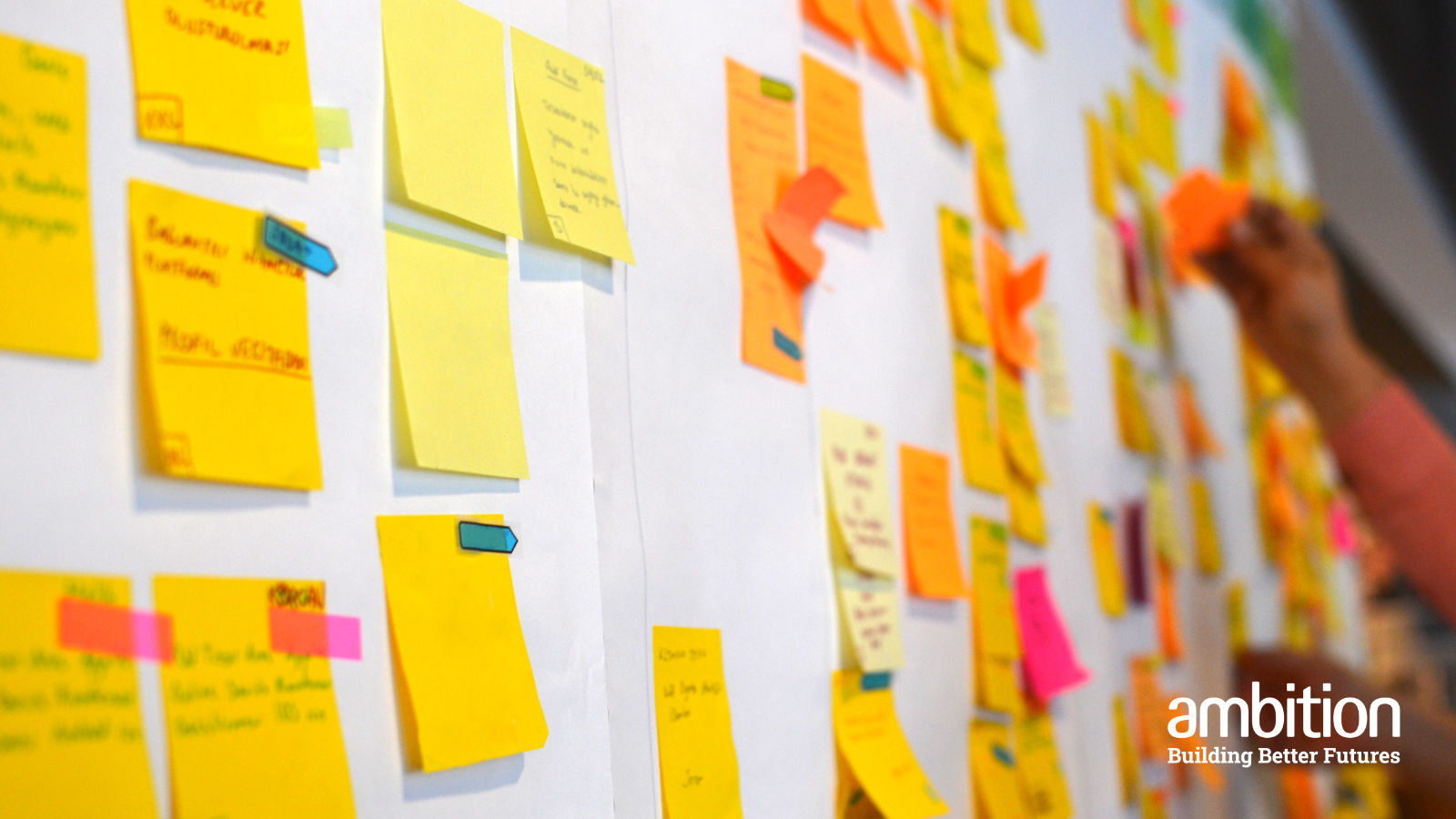Career insights with Ambition podcast
The podcast that dives deep into the defining moments of influential business leaders across technology, accounting and finance.

The podcast that dives deep into the defining moments of influential business leaders across technology, accounting and finance.

The podcast that dives deep into the defining moments of influential business leaders across technology, accounting and finance.

The podcast that dives deep into the defining moments of influential business leaders across technology, accounting and finance.



Agile working is now a reality for many industries, offering a fully-fledged and effective structure for the modern workplace. Pioneered by the tech world, this methodology is prevalent in various industries, and your future workplace may require you to embrace it.
But what does agile working involve, and what benefits can you expect?
Agile methodology vs. Agile environment
In the office environment, two key applications of agile exist:
Agile methodology: Primarily used in project management and software development, it involves a fast-paced approach with team meetings (scrums) and sprints for flexible tasks and project completion.
Agile environment: This version focuses on office space arrangements, creating a flexible work culture through practices like hot desking.
Agile is designed for quick feedback on products and continuous project improvement. Daily scrum meetings allow for fast adaptation to immediate thoughts or changes in demand. Four key values guide the overall approach:
Respond to change over following a set plan.
Focus on individuals over processes and tools.
Prioritise customer collaboration over contract negotiation.
Emphasise working software over comprehensive documentation.
Within this overall approach, there are different “Frameworks” or methodologies utilised. Some of the most common include:
Scrum
Kanban
Lean sofware development
Extreme programming
Feature-driven development
Crystal
Scaled Agile
Some key terms within this:
Sprint: A set time, often two weeks, for completing assigned tasks.
Scrum: Daily meetings where teams discuss tasks and obstacles, facilitated by a scrum master.
Sprint board: Lists tasks for a sprint with status indicators.
Retrospective: Post-sprint meetings to discuss improvements.
Product owner: The person who represents the stakeholders and is responsible for prioritising the product backlog.
Product backlog: A prioritised list of features, enhancements, and fixes for a product.
User story: A concise description of a feature from an end user's perspective, often written in a specific format
This agile version optimises space by embracing non-assigned seating and hot-desking. Office areas are divided into zones, such as focus space, collaboration space, and relaxation space, allowing workers to adapt to their needs.
'Flat seating' is preferred, enhancing collaboration among staff.
Flexibility: Agile centres around task adaptability, customising workdays and embracing remote work when needed.
Transparency: Daily scrum meetings and retrospectives enhance transparency, breaking down hierarchical barriers.
Team collaboration: Agile promotes creative collaboration, fostering innovation through designed workspaces and daily team meetings.
Considering a move to an agile workplace? Connect with me here for comprehensive preparation.